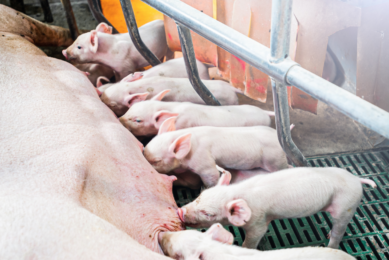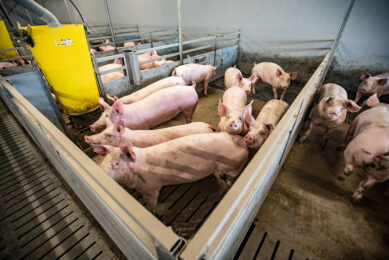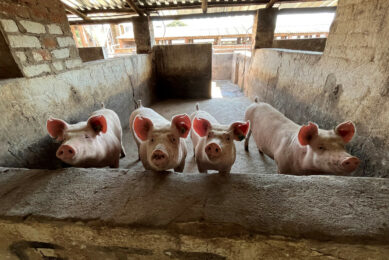BPEX Workshop: Pig farmer reveals how to stay in profit
A French pig farmer has revealed to English producers how he stayed in profit during the 2007 feed-price hike. Benoit Cuvillier explained how risk management tools allowed him to cope with the sharp increase both this year and in 2007.
At a workshop organised by BPEX, he told pig producers, processors and feed compounders: “Using financial tools puts me in the driver’s seat by helping me manage the price of my major input, feed and my output, pigs.”
©
The group quickly agreed to invite French price risk management firm Offre et Demande Agricole (ODA) to a series of regional BPEX and NPA workshops this autumn, to explain to more pig producers how Benoit manages price volatility.
©
Importantly, producers need to be trained in price risk management and fully understand which tools to use and when. But the tools are not a solution in themselves. Equally as important for Benoit, is being part of a small group of like-minded farmers which meets monthly. They share ideas on volatility in the market and discuss ways to limit the impact on their businesses. Then it is down to the individual producers to decide when and how to reduce their risk.
©
After the regional workshops, BPEX plans to run four three-day training sessions with ODA for English producers interested in forming feed price strategy clubs. The cost of training is around £1000 per person but ODA can secure grant funding to reduce it to £500.
©
The futures and options markets for grain are among the risk management tools available and the key is for producers to keep fully informed of what is happening in the market place and be able to analyse their level of risk.
©
ODA’s Alexis Pouye, leading the workshop, said: “Futures markets and other risk management tools are used to secure the feed price, maintain control and avoid major losses, as part of a long-term strategy for profitable business.”
©
It will also be important to engage with processors and retailers on the benefits these tools may bring to the whole supply chain.
©
Source: BPEX
©
©
©











